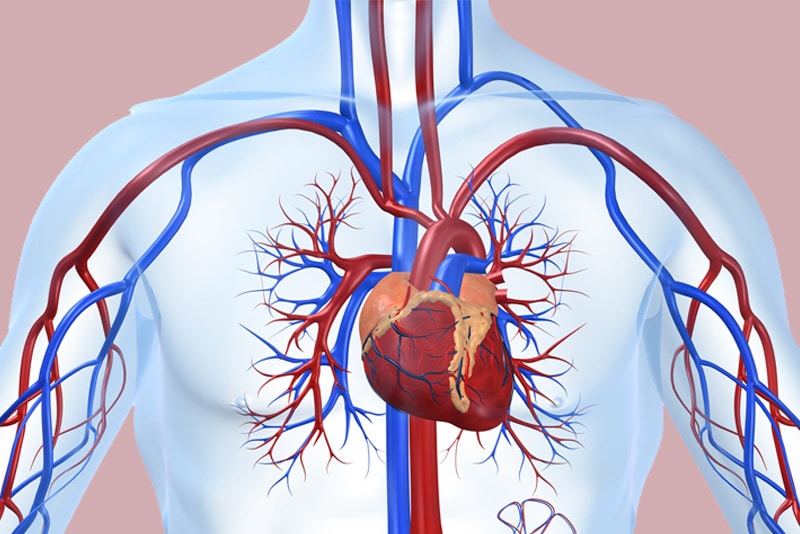With the need for comprehensive anatomical specificity both in the documentation and codes, the prevalence of multiple comorbidities, and the advances in technology, cardiovascular coding can be quite challenging. In 2021, there are several new cardiology codes and guidelines. Providers stay on track with documentation requirements, reimbursement, and compliance and achieve their revenue goals with the support of physician coding companies that specialize in cardiology billing and coding.
In 2021, both the Category I section and Category III section of the CPT code book feature new codes in the Cardiovascular System section to accommodate innovation, new technology, and development of digital health solutions.
3 New Shunting Procedure Codes – There are 3 new shunting procedure codes for congenital cardiac anomalies as well as added introductory guidelines.
- Code 33741: Transcatheter atrial septostomy (TAS) for congenital cardiac anomalies to create effective atrial flow, including all imaging guidance by the proceduralist, when performed, any method (eg, Rashkind, Sang-Park, balloon, cutting balloon, blade). A diagnostic cardiac catheterization is not typically performed during this procedure and can therefore be reported separately when performed.
- Code 33745: for transcatheter intracardiac shunt creation using a stent for effective intracardiac flow. The procedure includes intracardiac stent placement, target zone angioplasty, diagnostic cardiac catheterization, and imaging guidance when performed.
- Code +33746: add-on code for use with 33745 for each additional shunt location.
Points to note when using these codes (www.hiacode.com):
- Assign the correct code based on the method used to create the shunt
- Review the notes for these codes
- Even If multiple stents are used in 33745, report the code only once
8 New Codes for Continuous Cardiac Monitoring and Detection – Eight new codes have been added under Cardiovascular Monitoring Services:
- 93241 External electrocardiographic recording for more than 48 hours up to 7 days by continuous rhythm recording and storage; includes recording, scanning analysis with report, review and interpretation
- 93242 External electrocardiographic recording for more than 48 hours up to 7 days by continuous rhythm recording and storage; recording (includes connection and initial recording)
- 93243 External electrocardiographic recording for more than 48 hours up to 7 days by continuous rhythm recording and storage; scanning analysis with report
- 93244 External electrocardiographic recording for more than 48 hours up to 7 days by continuous rhythm recording and storage; review and interpretation
- 93245 External electrocardiographic recording for more than 7 days up to 15 days by continuous rhythm recording and storage; includes recording, scanning analysis with report, review and interpretation
- 93246 External electrocardiographic recording for more than 7 days up to 15 days by continuous rhythm recording and storage; recording (includes connection and initial recording)
- 93247 External electrocardiographic recording for more than 7 days up to 15 days by continuous rhythm recording and storage; scanning analysis with report
- 93248 External electrocardiographic recording for more than 7 days up to 15 days by continuous rhythm recording and storage; review and interpretation
These codes allow reporting of external EKG recordings for more than 48 hours and up to 7 days or for more than 7 and up to 15 days.
Percutaneous Ventricular Assist Device (VAD) – The two new codes for percutaneous insertion of an endovascular cardiac assist device are:
- 33995 Insertion of ventricular assist device, percutaneous, including radiological supervision and interpretation; right heart, venous access only
- 33997 Removal of percutaneous right heart ventricular assist device, venous cannula, at separate and distinct session from insertion
Codes 33990 and 33991 (insertion of ventricular assist device) have been revised to specify that the procedure involves the left heart:
- 33990 Insertion of ventricular assist device, percutaneous including radiological supervision and interpretation; left heart arterial access only
- 33991 Insertion of ventricular assist device, percutaneous including radiological supervision and interpretation; left heart, both arterial and venous access, with transseptal puncture
Code 33992 has been revised to report the removal of the ventricular assist device from the left heart:
- 33992 Removal of percutaneous left heart ventricular assist device, arterial or arterial and venous cannula(s), at separate and distinct session from insertion
CPT guidelines clarify that codes 33990, 33991, or 33995 should be used for “replacement” of a percutaneous VAD and that codes 33992 and 33997 (removal) are not reported when a device is replaced. Coders should refer to the introductory guidelines added to the Cardiac Assist subsection for clarification on proper use of the codes.
Cardiology practices need to stay up to date with these yearly code changes. A practical solution would be to outsource medical billing and coding to a company with experience and expertise in the field. Such companies have certified coders who are knowledgeable about complex cardiology billing codes and changing rules and can help physicians submit accurate claims and maximize reimbursement.




